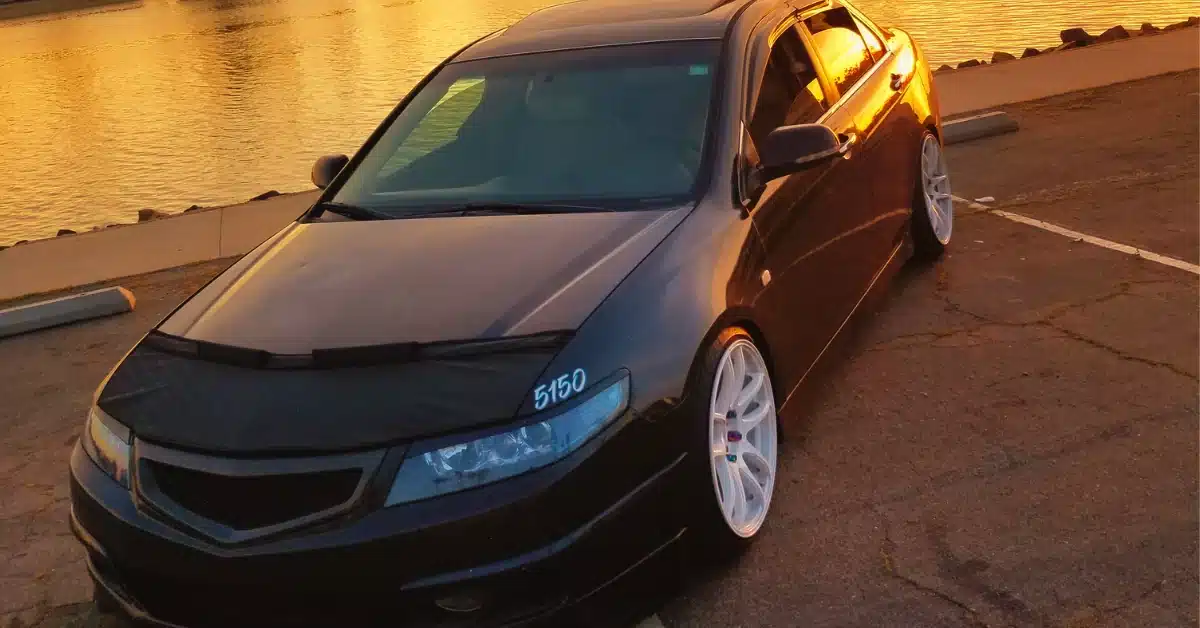Tinted windshields are popular for enhancing your vehicle’s appearance and comfort. The two most common tint colors are green and blue.
This article will explore the differences between green and blue-tinted windshields, their advantages and disadvantages, and factors to consider when deciding.
Read More: Suntek Tint vs. 3M
Benefits of Tinted Windshields
Reduced Glare
Tinted windshields can significantly reduce the sun’s glare, making it easier for drivers to see the road and avoid potential hazards.
Increased Privacy
Tinted windshields provide additional privacy, making it more difficult for others to see inside your vehicle.
Enhanced Aesthetics
Tinted windshields add a sleek and stylish look to your car, setting it apart from other vehicles on the road.
Improved Energy Efficiency
Tinted windshields help keep your car’s interior cooler by blocking some of the sun’s heat, reducing the need for air conditioning, and improving fuel efficiency.
Green Tint vs. Blue Tint Windshield
Green Tinted Windshields
Advantages of Green Tint
Reduced Eye Strain
Green-tinted windshields help reduce eye strain by filtering out bright sunlight and reducing glare, making it more comfortable for drivers during long trips.
Better Nighttime Visibility
Green tints allow more light to pass through, improving night visibility.
Disadvantages of Green Tint
Limited Heat Reduction
Green-tinted windshields do not block as much heat as blue tints, making your vehicle’s interior warmer on hot days.
Blue Tinted Windshields
Advantages of Blue Tint
Superior Heat Rejection
Blue-tinted windshields are more effective at blocking heat, keeping your car’s interior cooler and more comfortable.
Enhanced Contrast
Blue tints can enhance the contrast of your surroundings, making it easier for drivers to see and react to potential hazards on the road.
Disadvantages of Blue Tint
Color Distortion
Blue-tinted windshields can sometimes cause slight color distortion, affecting some drivers’ perception of their surroundings.
Making the Right Choice
When deciding between a green or blue-tinted windshield, consider the following factors:
Tint Percentage
Tint percentage refers to the amount of light that can pass through the windshield. A higher percentage allows more light to pass through, while a lower percentage blocks more light. Choose a tint percentage that suits your driving needs and personal preferences.
Read More: 50 vs. 35 Windshield Tint
Budget
The cost of tinting your windshield can vary depending on the type and quality of the tint. Determine your budget before choosing between green and blue tints to ensure you make a cost-effective decision.
Local Laws and Regulations
Different regions have different laws and regulations regarding windshield tints. Make sure to check the legal requirements in your area before making a decision.
Personal Preferences
Ultimately, the choice between green and blue tints comes from personal preference. Consider the appearance, heat rejection capabilities, and visibility factors most important when deciding.
What does green tint blue shade windshield?
A green tint with a blue shade windshield combines the benefits of both green and blue tints, offering improved heat rejection, reduced glare, and better visibility. Consider local laws and consult a professional when choosing a tint for your windshield.
Why do car windows have a green tint?
Car windows have a green tint to reduce glare, protect against UV rays, enhance aesthetics, decrease eye strain, and improve privacy for occupants, ultimately contributing to a better driving experience.
Final Opinion
Both green and blue-tinted windshields offer unique advantages and disadvantages. Green tints can provide better nighttime visibility and reduced eye strain, while blue tints offer superior heat rejection and enhanced contrast.
When deciding, consider factors like tint percentage, budget, local laws, and personal preferences. Whichever option you choose, tinted windshields can greatly enhance your driving experience and your vehicle’s overall appearance.





